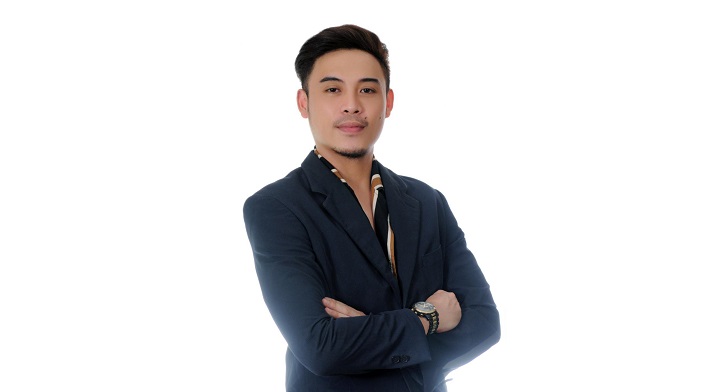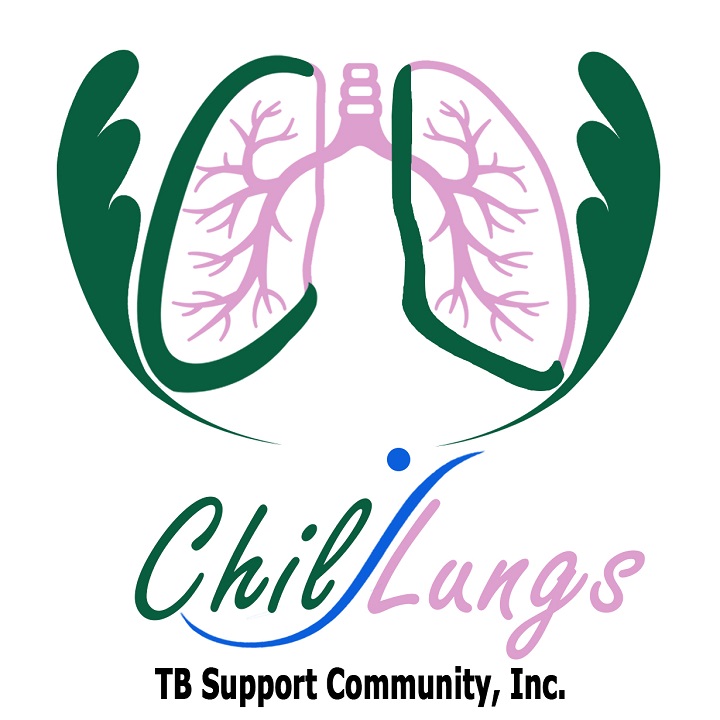Joegene Mangilaya, 31, and Daisy Dapadap, 43, both have something in common. Aside from already being cured of TB, they belong to different TB organizations that serve the community by providing delivery service and proper information.

“This is the perfect time to serve the people,” said Joegene, who was diagnosed with Drug-Resistant TB (DRTB) last February 2022 and was completely cured last December 2022. He has been a member of TB People Philippines for the last month.
Recalling that it was really difficult to get medications for this condition, especially during his time when he traveled for two hours just to get his medicines, he said that this was something he wanted to change. But now, the good news is that through the Integrated Delivery of TB Services (iDOTS), people with TB can now receive services across TB care.
“I hope to transform the system more by pushing for health centers or facilities nearest to people with TB so that they won’t have to travel far to get medicines,” he said. “I want to give them all the emotional support that I can. And that’s why I’m volunteering.”
For her part, Daisy revealed that she wanted to encourage and motivate people with TB. “I want to tell them that there is still hope, that they can be cured.” She was diagnosed with Multidrug-resistant TB (MDR TB) in 2012, was cured, and had been serving Samahan ng Lusog Baga Association, Inc.(SLBAI) as a volunteer for the last ten years.
In fact, she was often made an example that TB is curable. “We are here to let them know that they should keep fighting, pray to God, and that they should always find inspiration in their families. They can always approach us if they have any questions or concerns.”
According to Dr. Mary Rose Santiago, TB/DR-TB Technical Advisor of the TB Innovations and Health Systems Strengthening Project, TB affects not just the physical or medical aspect of life, but it has social, environmental, and economic implications.
“Its impact on one’s physical and mental health and social well-being can either be during the pre-diagnosis and diagnosis of the disease due to stigma and discrimination, and/or during treatment due to adverse drug reactions potentially associated with the use of certain anti-TB drugs, exacerbation of comorbidities or new diagnosis of undetected medical conditions,” she said.
In a study by the National Library of Medicine in 2022, people with TB experience higher rates of depression and anxiety than the general population (with prevalence as high as 84% and 37%, respectively). This may result in delays in diagnosis and treatment and poor treatment adherence and outcome.
“Based on my experience, I had patients with advanced TB disease at the time of initial consultation due to delay in seeking care with stigma as one of the main reasons cited,” Dr. Santiago added.
“Usually, during the first two weeks of treatment when patients are still considered as infectious, it is advisable for them to stay at home and take a rest from their work. However, this will mean loss of financial resources especially for those in the informal sector. There were also instances when patients are reluctant to inform their current or potential employers about their TB disease for fear of losing their jobs or not being accepted for work. Further, patients are also worried of transmitting the bacteria to their family and friends. All these and a lot more are taking a toll to the patient’s mental health.”
Because of its impact on mental health, it is quite crucial that people with TB seek solace in those who understand their condition. This is why these TB organizations matter.

TB People Philippines. They serve the affected community by providing proper information, improving service delivery for both ICT (information, communication and technology) and infrastructure, increasing demand generation by effective advocacy campaigns on local and national levels, and monitoring the TB program in the country to identify lapses on the polished strategies.

Samahan ng Lusog Baga Association, Inc.(SLBAI). Formerly called Lagas Baga Club, the SLBAI is a non-stock, non-profit association composed of former TB patients, their families or significant others, and other TB advocates. This group is responsible for guiding TB patients – as well as supporting them during recovery and healing.

TBai Dabaw. TBai Dabaw, Inc or Tuberculosis Advocate Insight (TBai) Dabaw seeks to promote good health-seeking behavior such as TB prevention and treatment and that of other health concerns among the members of the organizations’ and the public. It also mounts programs and actions that address stigma and discrimination based on gender, status, religion, of the TB affected community, and plans and works for the sustainability of the organization by seeking livelihood programs.

ChilLungs TB Support Community Inc. ChilLungs is an organization composed of allies of communities affected by TB in advocating for people-centered TB programs and services. It envisions a free and healthy society that promotes the rights and respects the dignity of every individual. It aims to advocate for people-centered TB programs and services and to elevate the needs and concerns of communities in platforms of decision-making.
These are only some of the many organizations that support TB patients, survivors, and advocates. Whether you or someone you know who has TB is having a hard time dealing with their situation, they offer various types of support and there are also many ways to become part of their community.
For more information about TB, visit healthylungs.ph. This includes an online self-assessment: https://assessment.healthylungs.ph/ tool to help with TB identification and treatment. It may also be used to check for suspected TB, and locate the nearest health facility. #ParaHealthyLungsKonstulTayo
The healthylungs.ph is part of the Department of Health (DOH)’s local communication campaign, Para Healthy Lungs, KonsulTayo, which is supported by USAID’s TB Innovations and Health Systems Project (TBIHSS). It aims to raise tuberculosis as a public health priority in the country using social and conventional media methods.

